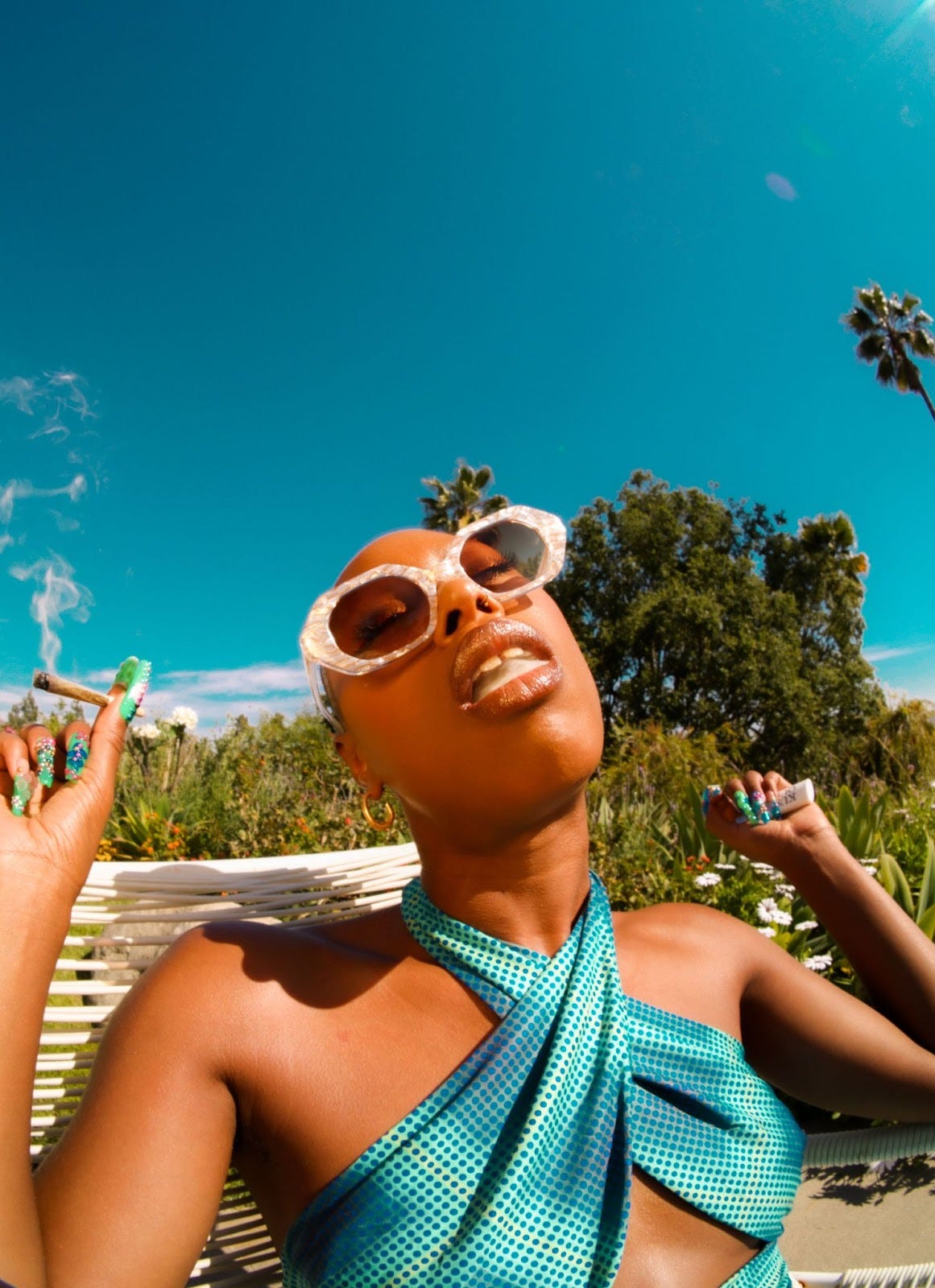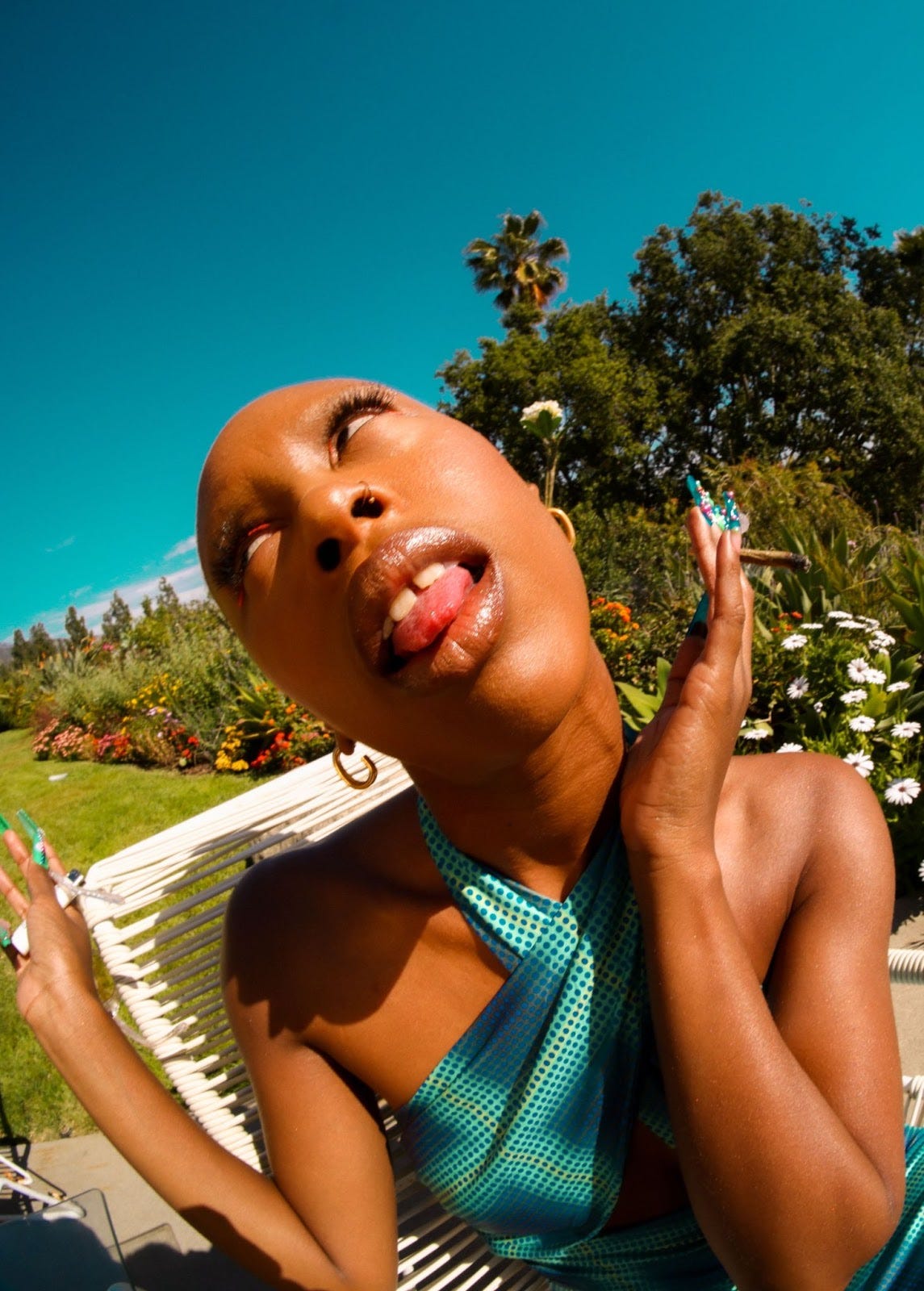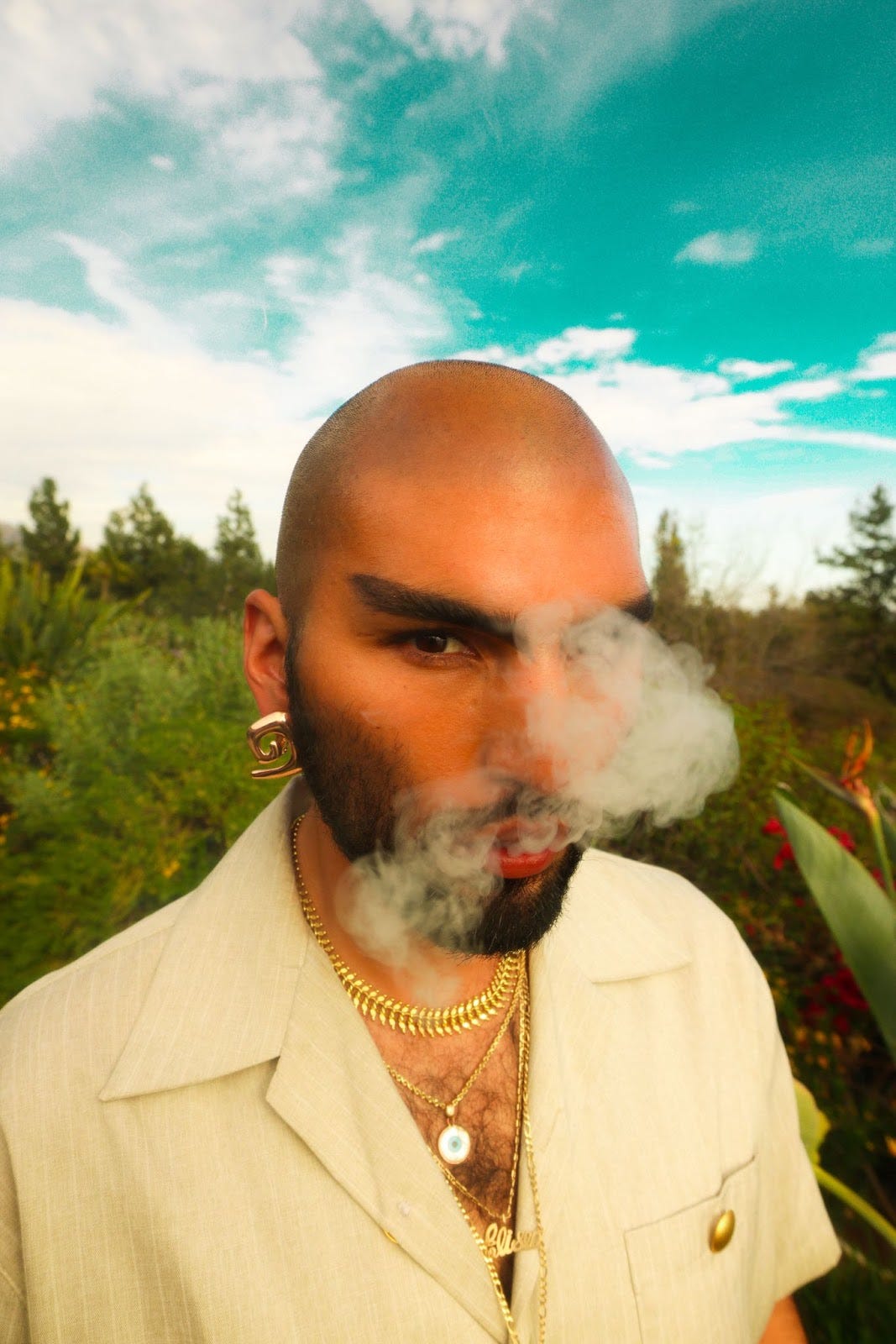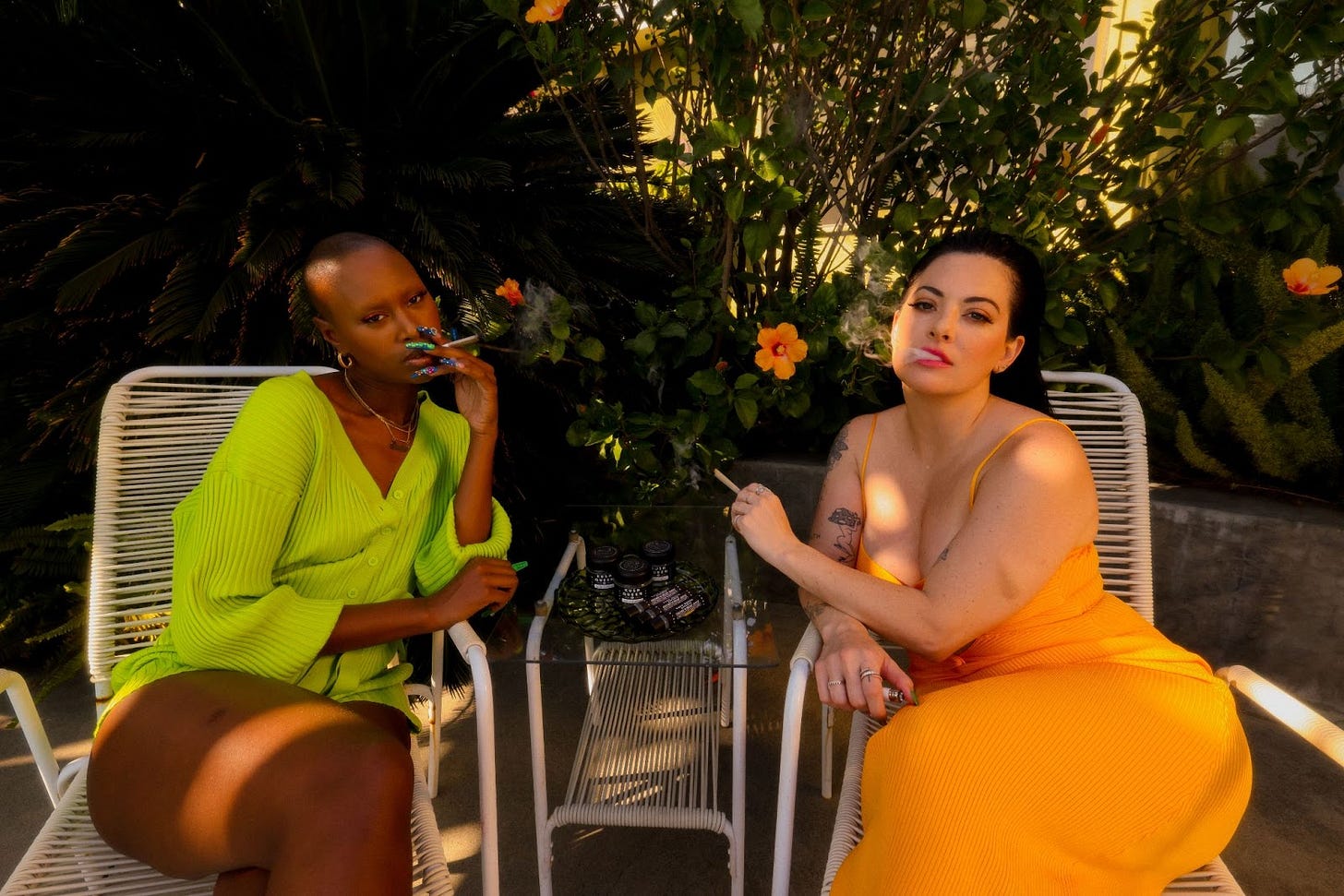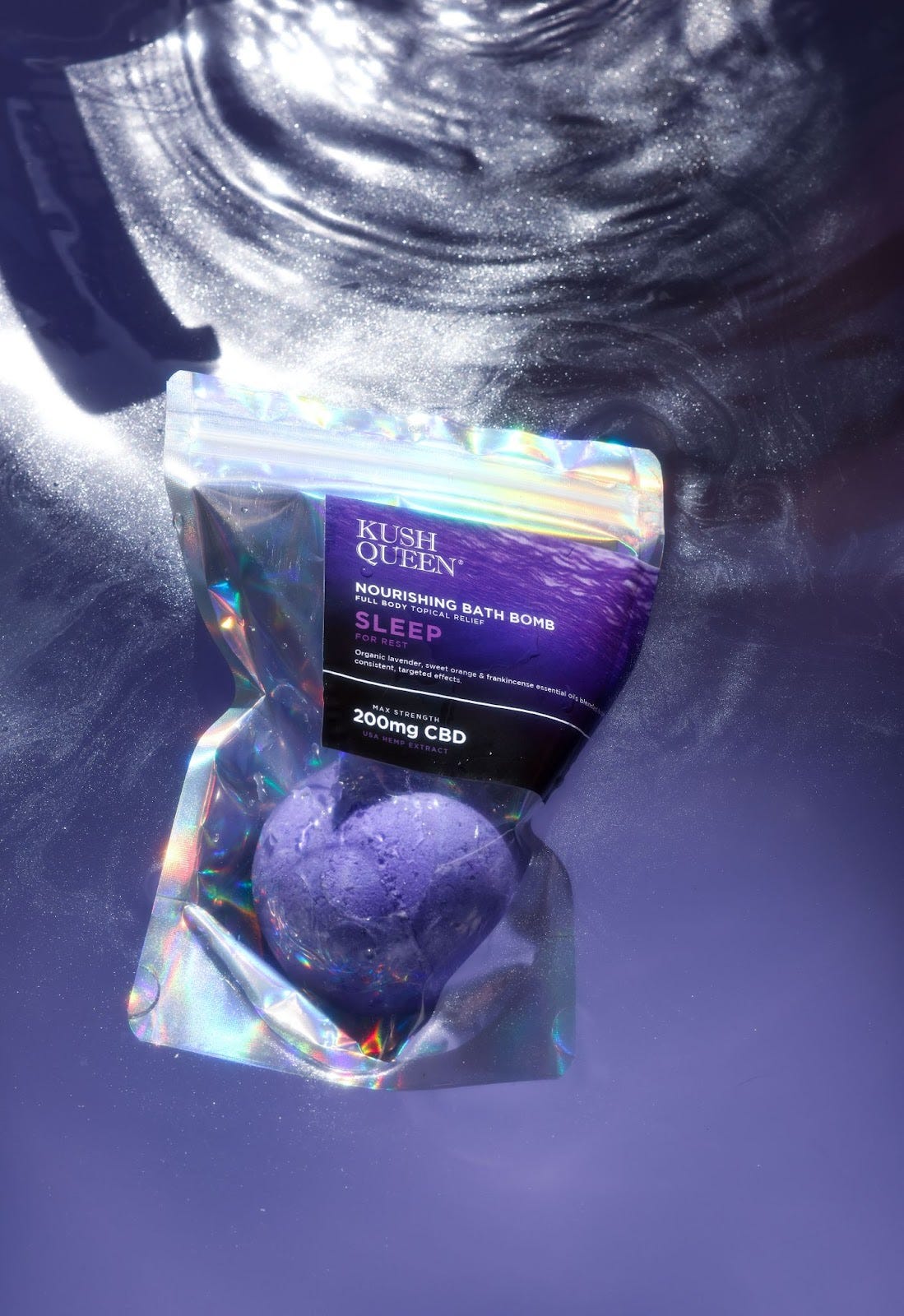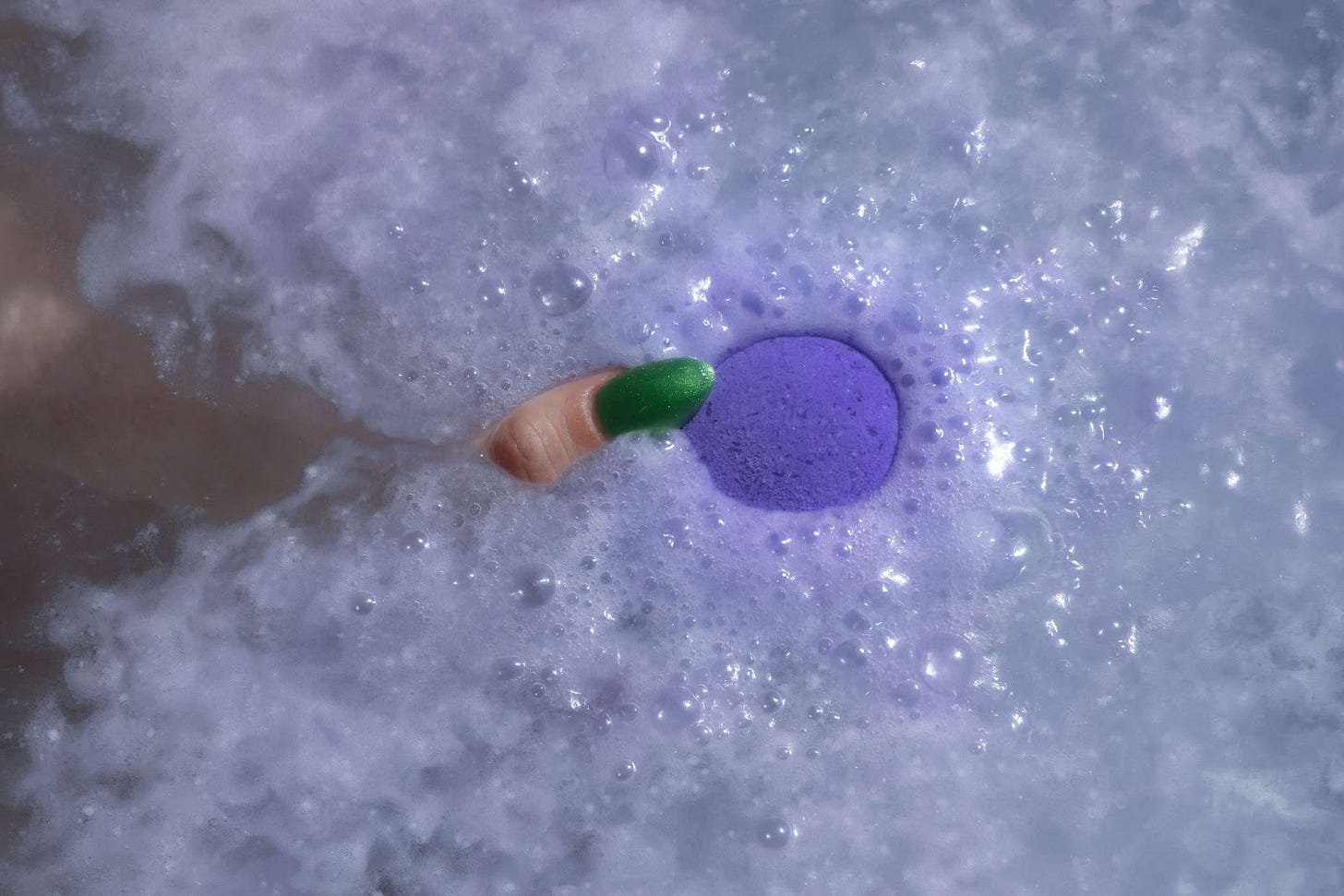[Sponsored by Kush Queen]
In honor of 4/20, Pipe Dreams has teamed up with Kush Queen to bring you a brief history behind this ubiquitous holiday that has morphed into an international movement. Learn more about founder and CEO Olivia Alexander in the exclusive podcast.
Come closer, I am going to let you in on a little secret: until recently asked, I had no idea where the term 420 originated. It’s true! Hopefully, this admission provides some reassurance to those who are new to the game that you can always learn new things—and still humble yourself 20 years later.
Despite being a seasoned weed witch who has called upon Miss Mary Jane in all her countless, beautiful forms since I was a teen and now a veteran cannasseur capable of developing a complex alignment of the psychological effects of cannabinoids and terpenes with the mystical lunar cycles of the astrological calendar, I was somehow completely clueless about the ubiquitous sequence of numbers gracing the sides of bongs and commemorated as a universally recognized day of shamelessly toking up. Imagine my embarrassment.
High History: A Brief "420" Re-Cap
Like many others, I was under the false impression that “420” was a police code for the possession of cannabis. It turns out it's not. Although, in an ironic twist of fate, the sequence is currently being used within enacted legislature as a bureaucratic wink-nod to the culture, such as H.R. 420 Regulate Marijuana Like Alcohol Act, the S.420 Marijuana Revenue and Regulation Act, and California Senate Bill 420.
The real story remains a well-documented countercultural urban legend, immortalized by former High Times legacy editor, Steven Hager, who recounts a group of pot-smoking teens under the guise “the Waldos”. The teens coined the term in the 1970s at San Rafael High School in Northern California, where they’d use “420” as a shorthand for their regular smoke-ups at the campus statue of Louis Pasteur at—you guessed it—4:20 p.m.
According to the San Francisco Chronicle, “‘Waldo Steve,’ a member of the group who now owns a business in San Francisco, says the Waldos would salute each other in the school hallway and say ‘420 Louis!’” The term eventually became a catch-all dog whistle to discreetly refer to marijuana and its effects.
Today, the term has been adopted as a global day of civil disobedience and political reckoning for the legalization, regulation, and decriminalization of industrial hemp, medical marijuana, and recreational cannabis. It also calls for reparative justice for marginalized communities unfairly impacted by the War on Drugs.
Celebrating 4/20 includes smoke-filled concerts, protests, marches, performance art, dancing, parties, and other demonstrations in cities around the world, like New York, Washington, D.C., San Francisco and Berkeley, Denver, Toronto, Vancouver, Mexico City, and Montreal.
And If You Work In The Cannabis Industry?
Expect a pretty heavy workday! Just like picking up a shift on New Year’s Eve, it’s always more fun to not be working, but certainly doable.
While the West Coast helped pioneer what we presently know as the multi-billion dollar cannabis industry, speculation continues to surround the future of New York and how that will influence the rest of the country in the wake of legalization. A certain amount of mental gymnastics are often required to make sense of this cultural paradox filled with murky areas of accessibility, quality, and acceptable social norms impacting so many communities. It’s at once omnipresent and covert; serious and unserious; inclusive and exclusive.

For that reason, it remains a bit ironic that many consumers still face hurdles overcoming reductive stigmas and labels, especially when you consider the tremendous complexities that exist scratching beneath the surface.
From the fundamental realities of local and international governing law to taxation, business practices, agriculture, and Medtech that will impact innumerable conditions, to points of differentiation and advancement within holistic health, the emergence of luxury goods, bioethical considerations, and the legitimization of ancient ritualistic practices and standard intake. So much for being “a stupid pothead.”
Once upon a time, you‘d get what you’d get. Often, that meant taking a whiff of a bag, saying “Smells good,’ then handing off a wad of cash to your dealer. Occasionally, there might be a choice between Sativa or Indica, and a strain name.
Lucky travelers might incur some local flavor in the form of legendary and landrace strains like pineapple-laced Maui Wowee in Hawaii, Amnesia Haze in the Netherlands, Lamb’s Bread in Jamaica, Acapulco Gold in Mexico, Durban Poison in South Africa, or Thai Stick in Thailand.

The most enlightening discovery, however, is the covert history of medical patients who had been using cannabis to self-treat conditions, such as Rick Simpson, who famously healed his skin cancer with a highly concentrated cannabis oil dubbed Rick Simpson Oil (RSO) that he supplied to others free of charge along with DIY tips for making at home. That also includes underground marijuana brownie delivery business, Sticky Fingers Brownies, operated by Meridy Volz in San Francisco during the height of the AIDS crisis and documented in her daughter Alia Volz’s journalistic memoir, Home Baked. (Listen to our exclusive interview with Volz).
That’s not counting the countless ancient healers who have integrated the plant within their practices pre-dating prohibition.
4/20 Vibes Post-Prop 64
Post-legalization along the West Coast has given rise to a new wave of finely engineered hybrid strains and luxury products ranging from gourmet edibles and handcrafted stash boxes to sumptuous bath bombs and top-shelf, small-batch, craft bud (thanks, Kush Queen!).

Last year, New York City announced the passing of the Marihuana Regulation and Taxation Act (MRTA) —bizarrely the day before April Fools. The city was mostly quiet, as I walked through the Village after long periods of isolated captivity. A dry herb vaporizer miraculously showed up, which I took to the Hudson River, where I sat in the misty rain watching the boats sail by as I cried—crying with relief, joy, and grief.
By the time 4/20 arrived, Washington Square Park became its annual spectacle, heralding warmer days filled with flowers and the promise of a new wave of culture emerging from so much darkness. Cities around the world followed suit, smoking up in solidarity.
So, what is “420” to me?
A moment to relax. A moment for self-care. A moment to feel and experience earnestly. Also, it is undeniably a multi-billion dollar stock commodity that transcends realities through the Metaverse. You can look at it in so many ways.
Honestly, that’s one of the things I love the most about Kush Queen: it isn’t hard to understand and test drive a bath bomb. Many people will not treat themselves to baths or moments of self-care when they’re stressed out, overwhelmed, tired, or just want to do something nice for themselves.
There is so much work to be done that most of it will probably not happen in our lifetime. But we can feel grateful and appreciate what an incredible time it is to consider the limitless possibilities of another green world. What better day to soak in our magic than 4/20?
FAQ: "How Do I Make Weed More Equitable?”
Interested in helping to right the wrongs of the past towards a more equitable future for BIPOC and LGBTQIA+ forerunners? Check out these organizations;
The Last Prisoner Project: Let’s get people out of jail for minor cannabis crimes and help reform the War on Drugs.
Cage Free Cannabis: Make sure your weed is doing some good to the environment, economy and repairing communities.
Cannaclusive: Calling for racial justice in corporate cannabis.
Women Grow: Creating safe, inclusive pathways for women in weed.
Welcome to the The Weed Witch coven. If you fell down the wrong rabbit hole, click here in order to unsubscribe. If you love it, consider upgrading to a paid subscription.






